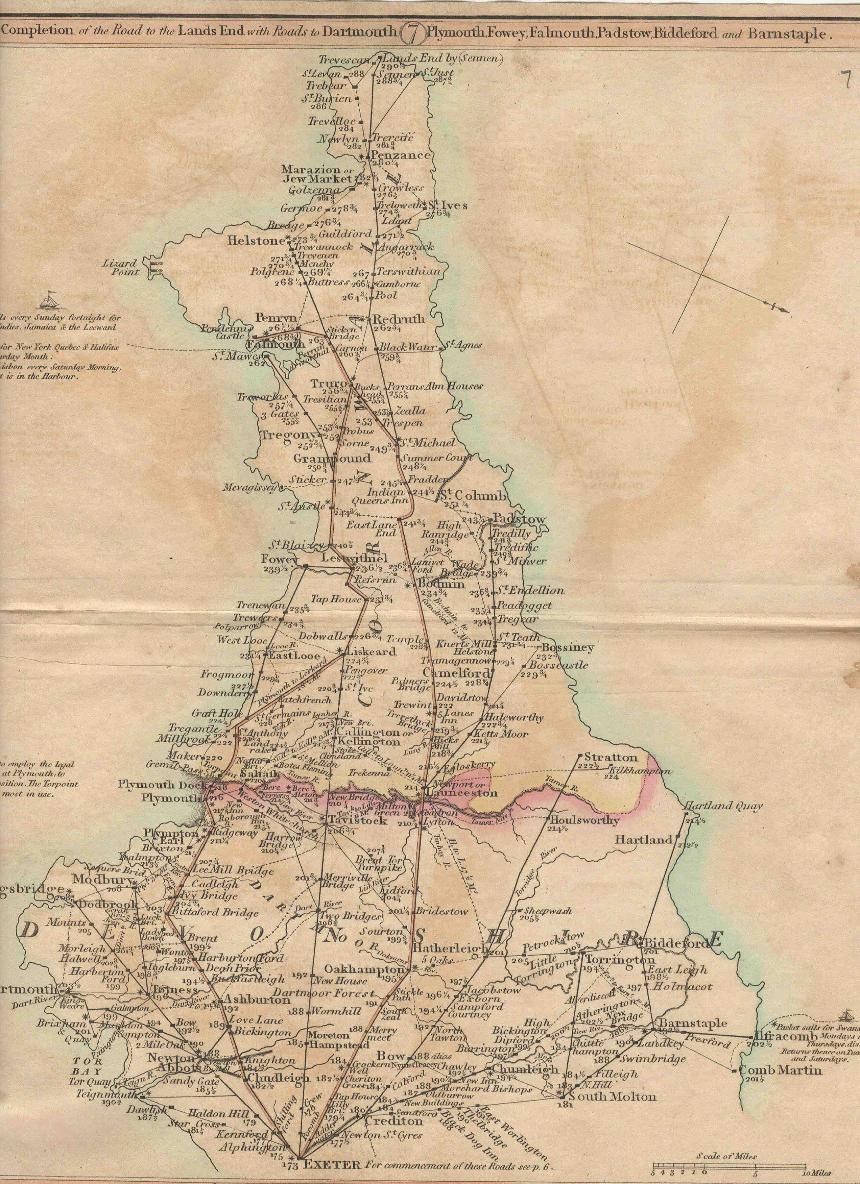
From my own collection
Early Roads
1523-1524 '12d the gift of William Leer of Witton in satisfaction for ploughing up the King's highway leading from Awlecomb towards Ayssheberton...'
Devon and Cornwall Record Society, Churchwardens Accounts of Ashburton, 1479-1580, Alison Hanham, The Devonshire Press Ltd., Torquay 1970, p71
*******
1716 'This town consists of a good street, of a considerable length from East to West, indifferently well built.'
Notitia Parliamentaria, or an history of the counties,
cities and boroughs in England and Wales, Browne Willis Esq., vol II,
London, 1716 p358
1754 'Mr Harris of Ashburton reported from the committee to whom the petition of the Gentlemen, Clergy, Freeholders and principal inhabitants residing in and near the Town and Borough of Ashburton, in the county of Devon, was referred...Mr John Dunning, being examined, said that he knows the road from Chudleigh Bridge, in the parish of Hennock, in the county of Devon, through the Borough of Ashburton to Brent Bridge in the Parish of South Brent inthe said county of Devon; and that the same is very rough in several places, very narrow and much out of repair; and that it cannot be sufficiently repaired by the ordinary course of law.
Mr Solomon Earle confirmed the above evidence in every particular.
Ordered, that leave be given to bring in a Bill for repairing and widening the road...'
The Journals of the House of Commons, vol27, May 31st 1754 - November 15th 1757, reprinted 1803, p62
*******
The Book of Ashburton has a photograph of a doorway in North Street which curved outwards at the bottom, to allow the packhorses through without the need to unload them. It belonged to one of the houses demolished in 1971.
The Book of Ashburton Stuart Hands and Pete Webb publ Halsgrove 2004, new ed 2012, p63
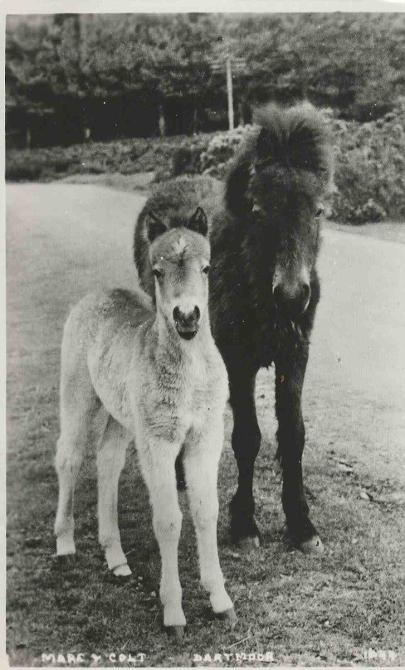
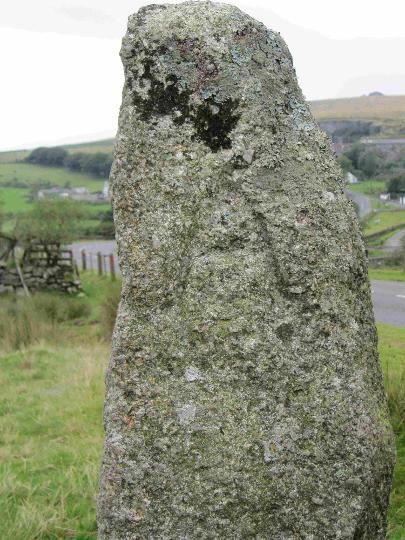
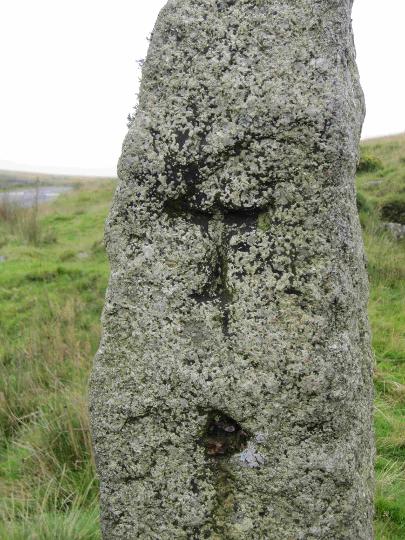
The Turnpike
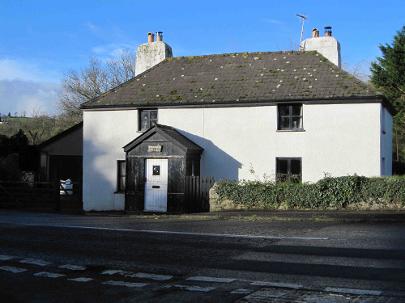
My own photograph 2016
http://www.britishlistedbuildings.co.uk
Ashburton to Newton 1802 'An Act for continuing the Term, and altering and enlarging the Powers of several Acts passed respecting several Roads near the Borough of Ashburton...'
For a detailed analysis of the Ashburton Turnpike go to Devon Turnpike Trusts on http://www.turnpikes.org.uk/ and click on the Ashburton link
The tolls and tollhouses of the Ashburton Turnpike came up for rent in September 1802. The auction, held at the St Lawrence Chapel, was for the following: Knighton Gate (currently let at £132), Travellers' Rest (currently let at £196), Dartbridge (currently let at £155) and Brent Gate (currently let at £146)
The advertisement was put in by Robert Abraham jnr., clerk and treasurer.
Exeter Flying Post 17 June 1802 p2 col2
********
The
1861 census has Richard Coldridge, a turnpike toll collector, living at
Turnpike Gate, the next property on from Fursleigh Mill
http://www.freecen.org.uk/cgi/search.pl
The book Buckfast in Bygone Days (Hilary Beard, Devon Books, 1991 p 86) has a photograph of the Toll House Dartbridge. It was demolished in the 1970s.
********
Coaches
Two stage coaches pass through here from Exeter about 12 every day on their way to Plymouth; and there are two from Plymouth, which pass through about one, to Exeter. Fare from Ashburton to London 2l 7s 6d. Russel's stage waggon*, from London, arrives here every Wednesday evening, and sets out next morning for Plymouth - carriage of heavy goods from London, 9s per cwt.
The Universal British Directory of Trade, Commerce and Manufacture, vol 2, London, late 1700s.
*Presumably Thomas Russell and Co. See Russell's Flying Wagons, http://www.exetermemories.co.uk/em/russells.php - Accessed 14-12-2015
In
1808 an advertisement appeared in the Exeter Flying Post for coaches
travelling between Exeter and Plymouth via Chudleigh and Ashburton. T
Cousins of the Golden Lion and J Lloyd of the London Inn were two of the
operators. The cost was half a guinea inside and seven shillings and
sixpence outside.
Exeter Flying Post 31 March 1808 p1 col3
*******
Travels in England, France, Spain, and the Barbary States in the years 1813-14 and 1815, Mordecai M Noah, Late Consul of the United States for the city and kingdom of Tunis, New York, London, 1819, p27
In 1841 the Quicksilver coach was involved in an accident at the entrance to Buckfastleigh. William Taprell, a hair-dresser from Ashburton, was knocked over by the coach and a wheel ran over his body. He sustained extensive bruising and possibly a broken rib, and was said to be 'very ill.' No blame was attached to the driver, owing to the dark and wet conditions of the evening, the narrowness of the road and the position of houses which meant that the coach had to execute a sharp turn.
Western Times 6 February 1841 p3 col3
Six years later the Quicksilver Mail was about to leave the road. In 1847 the Western Times reported that it was to be replaced by steam.
Many old people, reminisced the article, could remember the Diligence Coach of fifty years ago - if you couldn't afford the premium fare you travelled in a basket fastened behind the vehicle. Other vehicles included the Regulator, the Subscription and Defiance. It took at that time 12 hours to travel from Plymouth to Exeter - by 1847 it was down to 5.
The paper noted that the coach Tantivy had gone on its final journey on this road, and lamented that the bugle of the guard, John Goodwin, would now fall silent. 'The dear old spinsters, who used to warm up into life at the sound of his horn, are thrown into inexpressible grief....'
Western Times, reported in The Times July 28 1847, p7 col 2
The next month the Exeter and Plymouth Gazette noted that George Bate of the Golden Inn, had begun a daily coach service to Newton Abbot Railway Station.
Exeter and Plymouth Gazette 21 August 1847 p8 col2
'In those days the roads were poor, dusty in summer and muddy in winter to a degree which present-day children can hardly imagine...In summer time every fast vehicle or flock of sheep sent a cloud of dust into the air, which whitened the hedgerows and the pedestrian. Perhaps this explains why there are so many foot-paths and short cuts across fields; nobody walked on the main roads if they could help it.'
Prof John Satterley, Ashburton in Late Victorian Days, Transactions of the Devonshire Association, vol 84, Torquay 1952, p25ff
Five year old Emma Satterly was on the way to the Board School when she was knocked over by Mr Hill's omnibus, driven by William Caunter from the Railway Station. The wheel of the 'bus went over her knee and fractured it.
Exeter and Plymouth Gazette 13 February 1880, p7 col6
***
Roads in the early 20th Century
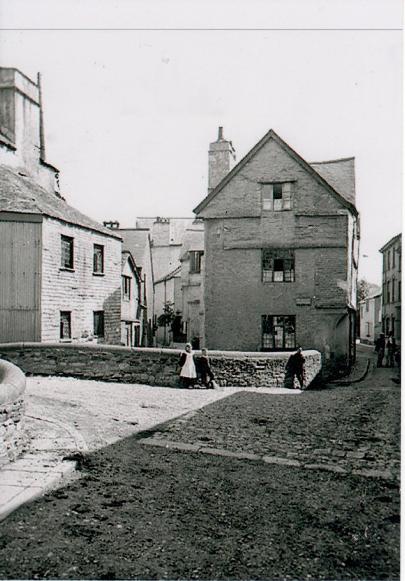
From my own collection.
Right: The remains of old surfacing in Stapledon Lane
My own photograph 2016
1905 The Highway Committee, part of the Urban District Council, decided to draw Mr Stanbury's attention 'to the damage done to the roads by the traction engine.'
Western Times 8 September 1905 p14 col3
In 1907 the Highway Committee wanted paving in various parts of the town to be taken up and replaced with concrete. The proposed areas were St Lawrence Lane and from the Capital and Counties Bank to West End House. New kerbs and tar paving was planned from the top of North Street to Great Bridge, and it was proposed that channeling in Bowden Hill be replaced, and that cobblestones in the pavements be replaced with tar paving.
Western Times 10 June 1907 p3 col3
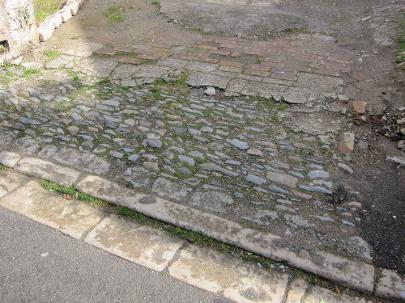
Western Times 3 September 1921 p4 col5
At a meeting of the Urban District Council in 1924 the state of the roads was discussed. Mr Langler wanted the cobble stones in East Street replaced, but it seemed unlikely that the County Council would provide financial assistance. Mr Langler wanted concrete, because tarred roads were proving slippery for horses, and there had been several accidents. The Council decided to instruct the Surveyor to coat the roads with sand and gravel on a regular basis.
Exeter and Plymouth Gazette 8 March 1924 p2 col5
In 1924 the Exeter branch of the Royal Automobile Club was compiling information on road conditions to help motorists. The Tavistock to Ashburton road was 'fair' but with very poor stretches as far as Two Bridges. Between Two Bridges and Ashburton care was needed on hills. This was at least better than the Chudleigh to Bovey Tracy road, which was described as 'very poor indeed, and care is necessary to avoid damaging one's car.'
Exeter and Plymouth Gazette 8 July 1924 p5 col6
*******
Proposals for Canals
1792 A sketch map of a canal from Totnes to Ashburton via Staverton and Buckfastleigh is held by the South West Heritage Trust. It has a scale of 7.6" to the mile, and limekilns, bridges and the turnpike are marked.
http://discovery.nationalarchives.gov.uk, ref QS/DP/8
'A petition of the Gentlemen, Clergy, Freeholders, Tradesmen and others of the town and borough of Ashburton and its neighbourhood in the County of Devon...was presented to the House and read; setting forth that it appears, by surveys and levels lately taken, that a cut or canal for the navigation of boats may be conveniently made from the navigable part of the River Dart, in the parish of Berrypomeroy to or near the said town of Ashburton, all in the said county of Devon; and that the making such canal or cut, with proper railed and other roads to communicate therewith, will be attended with great benefit and advantage to the petitioners as well as all other persons...the same will afford a cheap and expeditious mode of conveyance for corn, cyder, lime, serges, coals, timber, culm* and other goods...
Ordered, that the said petition be referred to the consideration of a committee...'
Journals of the House of Commons, vol 49, 1794, reprinted 1803, p276
* Culm was a soft, sooty coal which appears to have been used as a black pigment
http://www.devon.gov.uk/geo-carboniferoussandstonesandshales.pdf - Accessed 19-2-2016
Transactions of the Geological Society of London, vol 5, part III, London 1840, p680
*******
The Railway section now has its own page - beneath this one in the sub-menu of Gathering Together
*******
Travelling in the 1900s
In the early 20th century much of the travelling that people did was communal - in horse drawn vehicles, (gradually replaced by petrol driven omnibuses) or on the train. As an individual in a rural area, you may well travel by horse, and from the late Victorian era, by bicycle. Unless you were wealthy, a motor car was out of the question - but as the century wore on, many people found that a motorcycle answered their needs for faster (and more exciting) travel.
*******
1907 About 30 cars belonging to members of the Devon District Automobile Association travelled through Ashburton, having met at the Golden Lion. A large number of people gathered at the Bull Ring to watch the cars go by.
Western Times 16 September 1907 p3 col2
*******
'Though the main London to Plymouth traffic passed through the town, it was not busy. The blue bus took passengers to Newton Abbot, and the train ran frequently to Totnes. The charabanc took groups of people on outings to favourite venues, and for many this was the annual day out, anticipated and saved for throughout the year. The town became deserted on a Wednesday in July each year when the schools closed for the annual Sunday School treat. Mothers accompanied their children and it was a day of great excitement. The churchgoers went to Teignmouth by train, the chapel supporters to Paignton.
For me, an abiding memory is associated with the 'navvies' as they were called, on long summer evenings, seen in retrospect to have been hot and sunny - bedtime came much too soon. I read as long as possible, and then willed myself to stay awake until ten o'clock, when time was called at the Railway Inn. The church clock chimed the hour; I would slip out of bed and creep into my parents' bedroom which was at the front of the house. Easing up the sash window, I would sit on the seaman's chest which my father had brought home from his time in the navy, a reminder of the three years he had spent on the 'China Station'.
Shortly after the hour had struck I was rewarded for my vigil, the sound of voices could be heard as these young men walked three or four abreast up the street. As a small girl, I was yet to experience the sadness and heartaches that we all encounter at some stage of our lives, but I sensed the pathos and nostalgia in the dignity and solemnity as they walked along.
Never had I heard such beautiful singing: I can recall the haunting strains even now. My favourite song was 'All Through the Night', closely followed by 'Land of my Fathers'. Some nights I returned to bed with the militant sound of 'Men of Harlech' ringing in my ears, reminiscent of strife and war long since gone in far off Wales.
Some of these young men stayed on after the by-pass was completed. They were a welcome addition to a little town which was insular and in need of fresh blood. At first they were viewed with mistrust, but gradually became accepted in the community: they married local girls and settled down to life in Devon. Their politics led to shocking local people when a couple of them refused to stand for the National Anthem, and one man persisted in not only sitting whilst all around him stood, but actually kept his hat on! Time mellows all of us, and he, like some of his compatriots, became valuable members of the community, serving on the town council and holding other public offices'.
Many thanks to Hazel Bray for the above account.
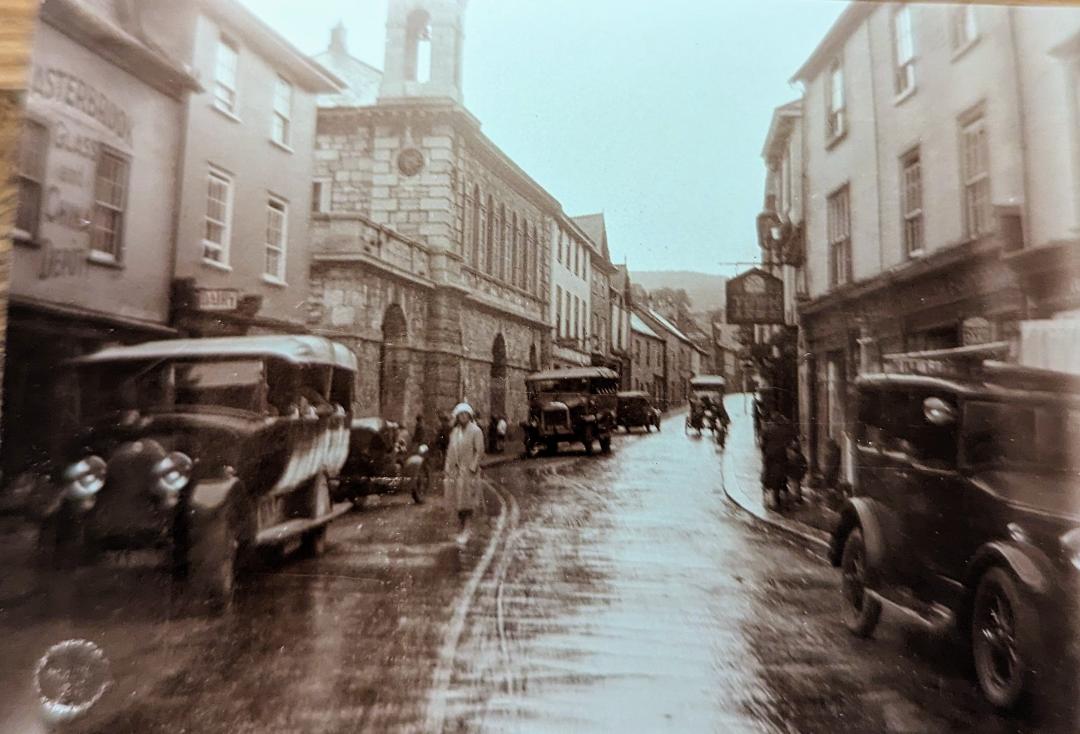
1930 J Fogden organized a petition amongst the traders of Ashburton, protesting against the proposed by-pass. They feared the loss of trade, already threatened by buses taking customers to larger towns and cities, and they argued that the existing road was quite adequate.
One of the traders' suggestions was to widen West Street, affecting Haytor House and a neighbouring property, and also some cottages opposite Barnes' Café.
Exeter and Plymouth Gazette 24 March 1930 p7 col2
The construction of the bypass was going ahead in August 1932. Castle Bridge Road, from the GWR Bridge to the junction with the A38 at Pear Tree Cross was being closed on the 10th until further notice.
Western Morning News 3 August 1932, p1 col3
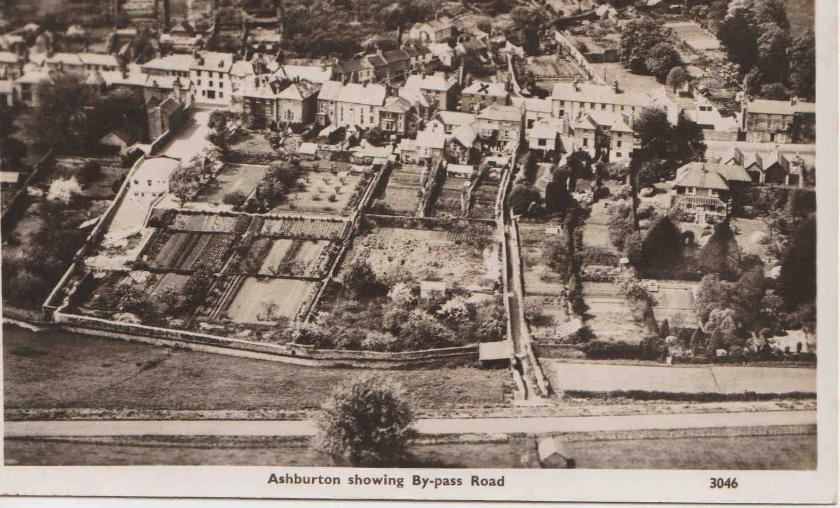
Western Morning News 6 October 1920, p4 col1
See the Virtual Museum 1910s for more on E O Babington
According to Roger Grimley, circa 1922/23 the fleet name 'Blue Cars' replaced Ashburton Motor Works. Fast and comfortable, these buses 'were generally superior to those provided by Devon General.'
Motor 'Buses of Ashburton, Buckfastleigh and District, R. Grimley, Kingsbridge, 2014, p7
An undated advertisement for Ashburton Motor Works and Garage, proprietor E O Babington, states that he is the proprietor of the Blue Saloon Motor Bus Service.
ibid, p11
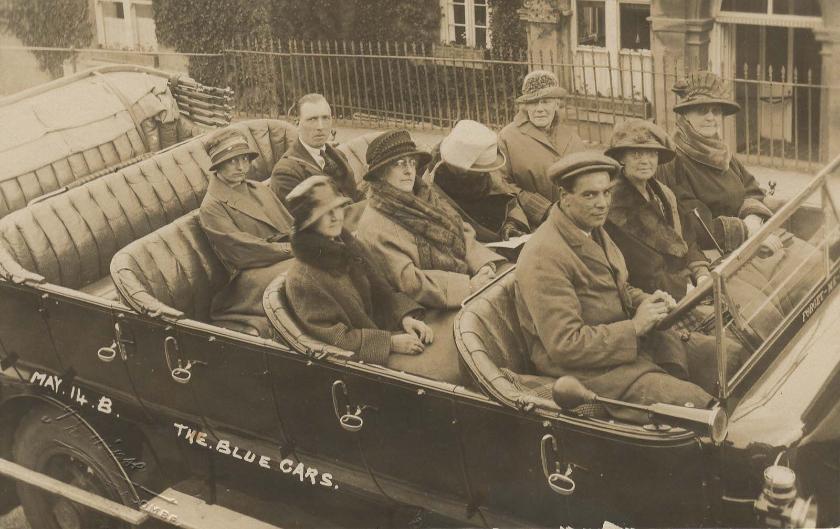
From my own collection
Newton Abbot Urban Council were concerned about overcrowded buses in 1924. A reply by the Devon General Omnibus and Touring company admitted that there was overloading due to the large numbers of visitors from July to August, and said that there would be more cars next season. Meanwhile their officials had strict instructions to bring on more vehicles where necessary.
Mr Babington said he was aware of the difficulty, but maintained that buses on the Ashburton road were only overcrowded on short stretches, and that there was plenty of room once vehicles were past Mile End and Seale Hayne. He was having another bus built.
Western Times 24 October 1924 p3 col3
Western Morning News 14 February 1925, p5 col8
Devon General, A Fascinating Story, Leslie Folkard, 2007, p247-266. Quoted by https://en.wikipedia.org/wiki/Devon_General#cite_note-21
The website https://sites.google.com/site/companiespastpresent/home says that Devon General purchased land at Dropping Wells in February 1927, planning to build a garage for four vehicles. Later that month the company leased premises in West Street from James Fogden - these were to be used for a parcels office, waiting room and inspector's flat.
Devon General appear to have bought a business from Mr Babington, together with a freehold house and garage behind 34/36 West Street. 4 or 5 buses could be accommodated in this garage, which became the company's depot from 25th May.
Mr Babington continued to trade from premises in East Street, with a contract for a school run, but had agreed not to run any other bus services. He did, however, act as the parcels agent for Devon General.
https://sites.google.com/site/companiespastpresent/home
In December 2002 the Dartmoor National Parks Authority approved the conversion of a redundant omnibus depot at 34 West Street to two dwellings.
Western Times 1 April 1927, p5 col1
Also in March, the steering failed on a blue bus driving between Ashburton and Newton Abbot. The front of the bus was badly smashed after it hit a stationary caravan, and both the occupant of the caravan and a passenger from the bus were taken to Ashburton Hospital. Mr Pearson was the driver.
Western Times 25 March 1927, p10 col5
Western Times 25 July 1930, p12 col3
1939 register, available via https://search.findmypast.co.uk
* *** *
Charles A Gayton and his wife appear on the 1939 register at Dropping Wells. Charles was a motor coach and garage proprietor, in addition to being a marine store dealer.
ibid
In 1949 Mr C A Gayton, of Dropping Wells, applied for a licence to operate buses between Ashburton and Stover Park for the duration of the Devon County Show. The Devon General Omnibus and Touring Co. Ltd. objected, saying that it was an 'attempt to steal the cream of traffic'. The application was dismissed.
https://sites.google.com/site/companiespastpresent/homeWestern Times 8 April 1949, p8 col4
* ******* *
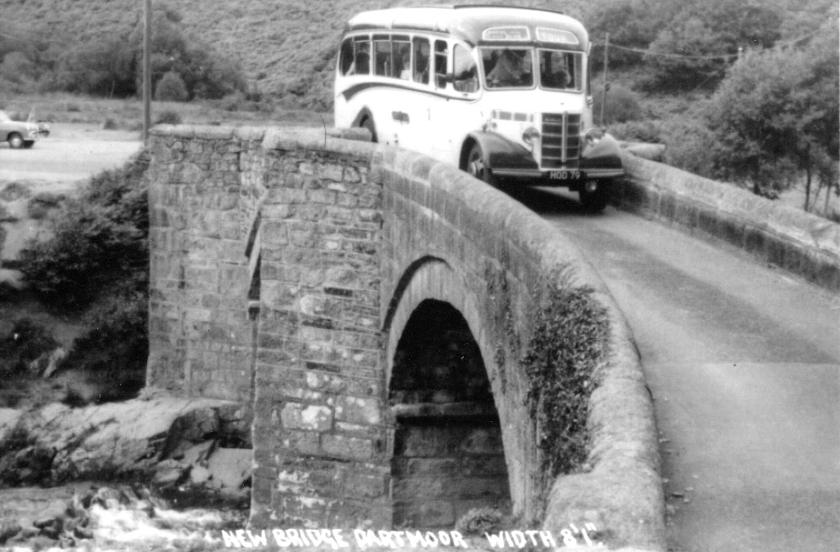
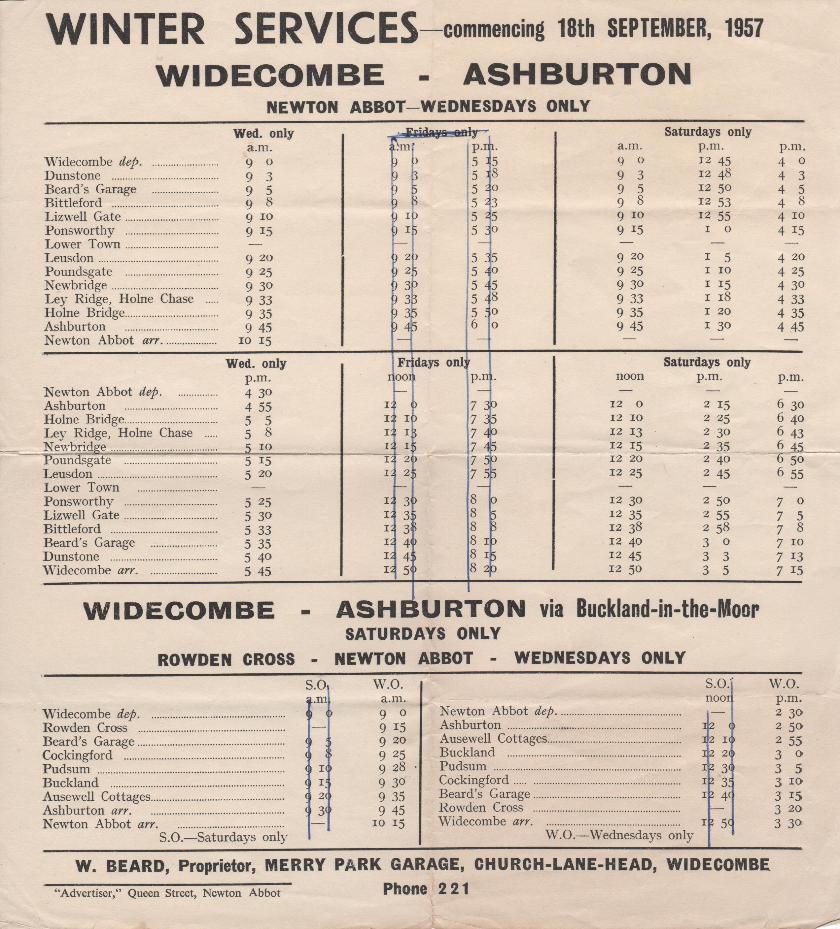
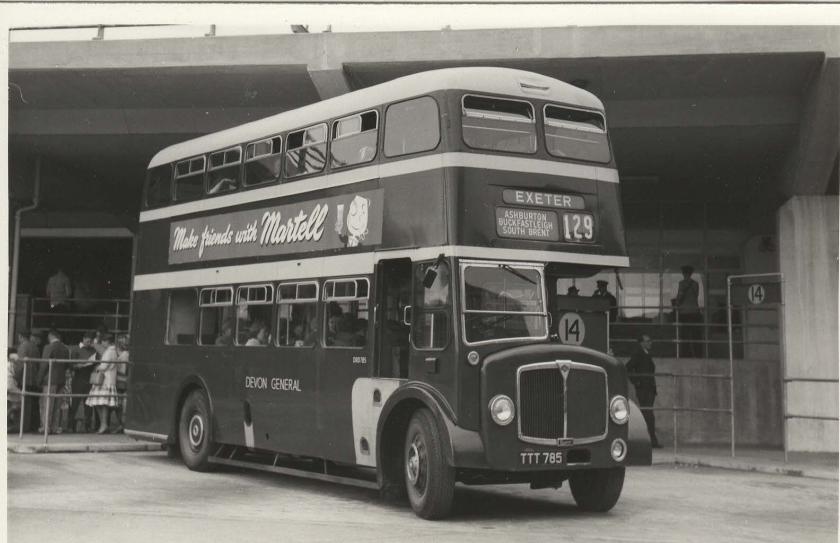
© Vectis Transport Publications
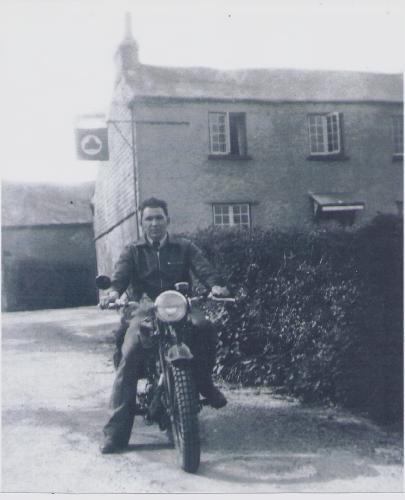
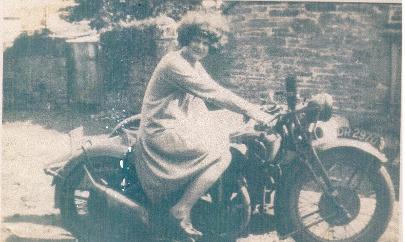
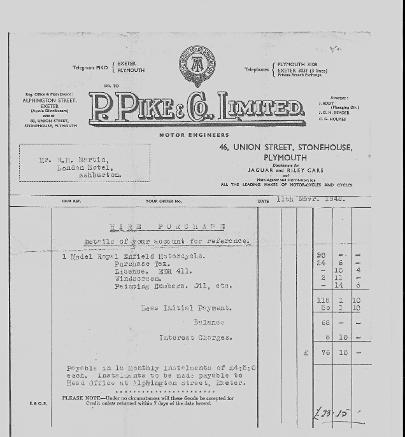
The basic hire purchase act was passed in 1938, but this was to regularize a system that had existed in the US and UK from the 1800s. According to Subhamoy Das, hire purchase really began in the UK with the hiring out of railway wagons to railway companies, collieries and quarries in the mid 1800s.
Perspectives on Financial Services, Subhamoy Das, Allied Publishers PVT Ltd.,2009 p192